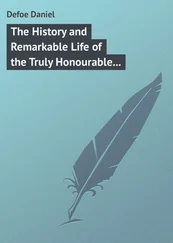For Rayle this was a small test. He replied, “OK, let me dial the number for you.” He searched for the number, dialed, and handed her the phone. He listened as she explained to T. N. Kaul and to his daughter that she had a headache and wasn’t going to make it for dinner. She said her affectionate good-byes to both. 7
Then she passed Rayle a battered sheaf of paper. It was a Russian manuscript titled Twenty Letters to a Friend and bearing her name as author. She explained that it was a personal memoir about growing up inside the Kremlin. Ambassador Kaul, whom she and Brajesh Singh had befriended in Moscow, had carried the manuscript safely out of the USSR a year ago January. As soon as she’d arrived in New Delhi, he returned it to her. This was astonishing: Stalin’s daughter had written a book. What might it reveal about her father? Rayle asked if he could make a copy of it, and she assented.
Following his advice as to the wording, she then wrote out a formal request for political asylum in the United States and signed the document. When Rayle warned her that, at this point, he could not definitely promise her asylum, Svetlana demonstrated her political shrewdness. She replied that “if the United States could not or would not help her, she did not believe that any other country represented in India would be willing to do so.” She was determined not to return to the USSR, and her only alternative would be to tell her story “fully and frankly” to the press in the hope that she could rally public support in India and the United States. 8The refusal to protect Stalin’s daughter would not play well back home. Svetlana understood how political manipulation worked. She’d had a lifetime of lessons.
Rayle led Svetlana to a room on the second floor, handed her a cup of tea and some aspirins for the splitting headache she’d developed, and suggested she write a declaration—a brief biography and an explanation of why she was defecting. At this point, he excused himself again, saying he had to consult his superiors.
The US ambassador, Chester Bowles, was ill in bed that night, so Rayle walked the ten minutes to his home in the company of the CIA station chief. Ambassador Bowles would later admit that he had not wanted to meet Svetlana personally on the chance that she was simply a nutcase. With Bowles’s special assistant Richard Celeste in attendance, the men discussed the crisis. Rayle and his superiors realized there was not going to be enough time to determine Svetlana’s bona fides in New Delhi before the Soviets discovered she was missing. Bowles believed that the Soviet Union had so much leverage on the government of India, which it was supplying with military equipment, that if it found out Svetlana was at the US Embassy, Indian forces would demand her expulsion. The embassy would have to get her out of India.
At 9:40 p.m., a second flash cable was sent to headquarters in Washington with a more detailed report, 9stating that Svetlana had four hours before the Soviet Embassy noted her absence. The message concluded, “Unless advised to the contrary we will try to get Svetlana on Qantas Flight 751 to Rome leaving Delhi at 1945Zulu (1:15 AM local time).” Eleven minutes later, Washington acknowledged receipt of the cable. 10
The men discussed their options. They could refuse Svetlana help and tell her to return to her embassy, where it was unlikely her absence had been noticed. But she’d made it clear she would go to the international press with the story. They could keep her in Roosevelt House or in the chancery, inform the Indians that she’d asked for asylum in the United States, and await a court decision. The problem with this option was that the Indian government might take Svetlana back by force. The embassy could try to spirit her out of India covertly. None of these were good options.
The deciding factor was that Svetlana had her Soviet passport in her possession. This was unprecedented. The passports of Soviet citizens traveling abroad were always confiscated and returned to them only as they boarded their flights home. That afternoon the Soviet ambassador to India, I. A. Benediktov, had held a farewell luncheon for Svetlana. It was a grim affair. He was furious with her because she had delayed her departure from India long past the one month authorized by her Russian visa, and Moscow was now demanding her return. She was compromising his career. She would be getting on that flight back to Moscow on March 8.
“Well, if I must leave,” she’d said, “where’s my passport?” Benediktov had snarled to his aide: “Give it to her.” 11Here Svetlana showed she truly was Stalin’s daughter. When she demanded something, she was not to be refused. Benediktov had made a huge mistake that he would pay for later. For the Soviets, Svetlana was the most significant defector ever to leave the USSR.
Sitting in his sickbed, Chester Bowles made a decision. With her Indian papers in order and her Russian passport, Svetlana could openly and legally leave India. He ordered a US B-2 tourist visa stamped in her passport. It would have to be renewed after six months. He asked Bob Rayle if he would take her out of India. Rayle agreed. The men returned to the embassy. 12
It was 11:15 p.m. As they prepared to leave for the airport, Rayle turned to Svetlana. “Do you fully understand what you are doing? You are burning all your bridges.” He asked her to think this over carefully. She replied that she had already had a lot of time to think. He handed her $1,500 from the embassy’s discretionary funds to facilitate her arrival in the United States.
She was led down a long corridor to an elevator that descended to the embassy garage. Clutching her small suitcase, which contained her manuscript and a few items of clothing, she climbed into a car. A young marine sergeant and the embassy Soviet affairs specialist, Roger Kirk, recently back from Moscow, climbed in beside her. They smiled. It was electrifying to be sitting next to Stalin’s daughter. She wondered, “Why did Americans smile so often? Was it out of politeness or because of a gay disposition?” Whatever it was, she, who had never been “spoiled with smiles,” found it pleasant! 13
Rayle phoned his wife, Ramona, to ask her to pack his bags for a trip of several days and to meet him at Palam airport in one hour. He did not tell her where he was going. He then went to the Qantas Airlines office and bought two first-class open tickets to the United States, with a stopover in Rome. He soon joined the other Americans at the airport—by now there were at least ten embassy staff members milling about in the relatively deserted terminal, but only two sat with Svetlana. 14
Svetlana easily passed through Indian customs and immigration and, in five minutes, with a valid Indian exit visa and her US visitor’s visa, joined Rayle in the international departure lounge. When Rayle asked her if she was nervous, she replied, “Not at all,” and grinned. Her reaction was in character. Svetlana was at heart a gambler. Throughout her life she would make a monumental decision entirely on impulse, and then ride the consequences with an almost giddy abandon. She always said her favorite story by Dostoyevsky was The Gambler .
Though outwardly cool, Rayle himself was deeply anxious. He was convinced that, as soon as they discovered her missing, the Soviets would definitely insist that she be handed over. If she was discovered at the airport, the Indian police would arrest her, and there would be nothing he could do. He felt the consequences for her would be grave. 15Execution would have been the old Stalinist style, but her father had been dead fourteen years. Still, the current Soviet government took a hard line on defectors, and imprisonment was always a possibility. When the classical dancer Rudolf Nureyev defected in 1961, he was sentenced in absentia to seven years’ hard labor. In Rayle’s mind must also have been the recent trials of the writers Andrei Sinyavsky and Yuli Daniel. In 1966 they’d been sentenced to labor camps for their “anti-Soviet” writings, and they were still languishing there. The Kremlin would not risk a public trial of Svetlana, but she might disappear into the dark reaches of some psychiatric institution. Svetlana, too, must have had this in mind. Sinyavsky was an intimate friend. At least she knew that, were she apprehended, she would never be allowed out of the Soviet Union again.
Читать дальше
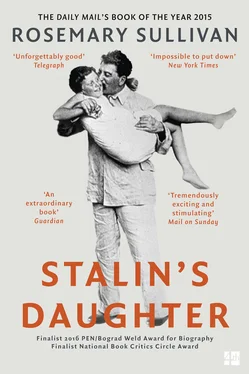
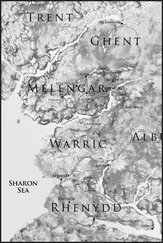

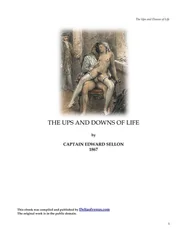
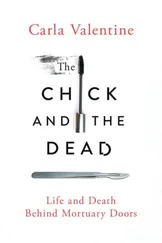



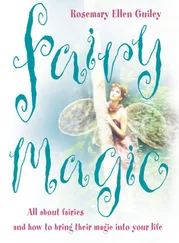


![John Bruce - The Lettsomian Lectures on Diseases and Disorders of the Heart and Arteries in Middle and Advanced Life [1900-1901]](/books/749387/john-bruce-the-lettsomian-lectures-on-diseases-and-disorders-of-the-heart-and-arteries-in-middle-and-advanced-life-1900-1901-thumb.webp)
